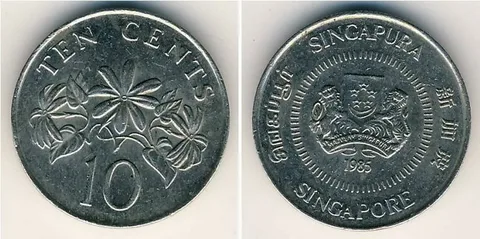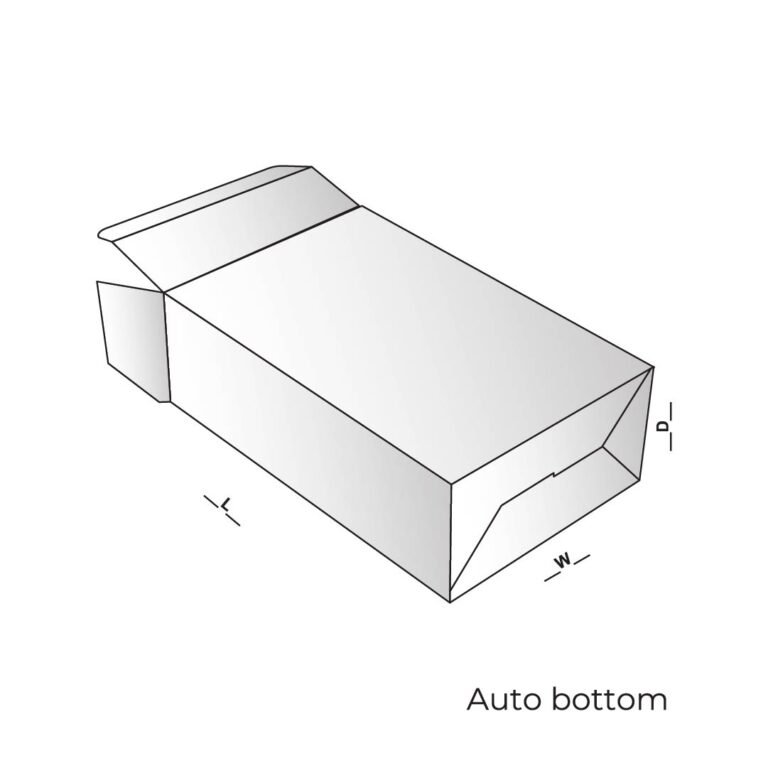Introduction
In the global financial landscape, currency conversion is a crucial aspect, especially for international trade, travel, and investment. One such conversion that often comes into play is the conversion from cents to Indian Rupees (INR). Cents are a subunit of several currencies, most notably the United States Dollar (USD), where 100 cents make up one dollar. Understanding how to convert cents to INR is essential for anyone dealing with transactions involving these currencies. This article aims to provide a detailed and comprehensive guide on cent to inr conversion, covering various aspects such as the exchange rate, calculation methods, factors affecting the conversion, and practical applications.
Understanding the Basics of Cents and INR
What are Cents?
Cents are a fractional unit of currency used in many countries. In the context of the United States, the cent is the smallest unit of the US Dollar. Each dollar is divided into 100 cents. Cents are used to represent small amounts of money, and they are commonly used in everyday transactions, such as buying a pack of gum or paying for a parking meter. For example, if an item costs 50 cents, it means it costs half of a dollar.
What is the Indian Rupee (INR)?
The Indian Rupee is the official currency of India. It is denoted by the symbol ₹. The rupee is further divided into 100 paise, although paise coins are rarely used in modern transactions. The INR is widely used in India for all types of economic activities, including buying goods and services, paying bills, and conducting business transactions. It is also an important currency in the international market, especially for countries with significant trade and investment relations with India.
Exchange Rate: The Key to Conversion
What is an Exchange Rate?
An exchange rate is the value of one currency in terms of another. It determines how much of one currency you need to exchange for a certain amount of another currency. In the case of cent to INR conversion, the exchange rate tells you how many Indian Rupees you can get for a certain number of cents. Exchange rates are constantly fluctuating due to various factors such as economic conditions, interest rates, political stability, and market demand.
How to Find the Current Exchange Rate
There are several ways to find the current exchange rate for cent to INR. One of the most common ways is to check financial news websites, such as Bloomberg, Reuters, or Yahoo Finance. These websites provide up-to-date exchange rate information for various currency pairs, including USD to INR. You can also use online currency converters, such as XE.com or OANDA.com, which allow you to enter the amount of cents you want to convert and get the equivalent amount in INR based on the current exchange rate. Additionally, banks and currency exchange services can provide you with the exchange rate for cent to INR, although they may charge a fee for the conversion.
Calculating Cent to INR Conversion
Simple Calculation Method
To convert cents to INR, you first need to convert the cents to dollars (if the cents are from the US Dollar) by dividing the number of cents by 100. Then, you multiply the resulting dollar amount by the current exchange rate of USD to INR. For example, if you have 500 cents and the current exchange rate of USD to INR is 75, you would first convert 500 cents to 5 dollars (500 / 100 = 5). Then, you would multiply 5 dollars by 75 to get 375 Indian Rupees (5 * 75 = 375).
Using a Calculator or Spreadsheet
If you need to convert a large number of cents to INR or if you want to make the calculation more accurate, you can use a calculator or a spreadsheet program like Microsoft Excel. In Excel, you can create a simple formula to perform the conversion. For example, if you have the number of cents in cell A1 and the exchange rate in cell B1, you can enter the formula “=(A1/100)*B1” in another cell to get the equivalent amount in INR.
Factors Affecting Cent to INR Conversion
Economic Factors
Economic factors play a significant role in determining the exchange rate between cents (USD) and INR. For example, if the US economy is performing well, with high GDP growth, low unemployment rates, and stable inflation, the value of the US Dollar is likely to increase relative to the Indian Rupee. On the other hand, if the Indian economy is growing rapidly, with strong domestic demand and increasing exports, the value of the INR may appreciate against the USD. Interest rates also have an impact on the exchange rate. Higher interest rates in the US tend to attract foreign investors, increasing the demand for the US Dollar and causing its value to rise.
Political and Geopolitical Factors
Political stability and geopolitical events can also affect the cent to INR conversion. Political unrest, elections, or changes in government policies in either the United States or India can create uncertainty in the market and lead to fluctuations in the exchange rate. For example, if there is a political crisis in India, investors may become more risk – averse and sell their Indian assets, causing the value of the INR to decline. Similarly, trade disputes between the two countries can also impact the exchange rate, as they can affect the flow of goods and services and the demand for each currency.
Practical Applications of Cent to INR Conversion
International Trade
In international trade, cent to INR conversion is essential for businesses that import or export goods between the United States and India. For example, if an Indian exporter sells goods worth 10,000 US dollars to a US buyer, they need to convert the dollars to Indian Rupees to know how much they will receive in their local currency. Similarly, a US importer who buys goods from India needs to convert Indian Rupees to dollars to calculate the cost of the goods.
Travel and Tourism
For travelers, cent to INR conversion is important when they are visiting either the United States or India. If an Indian traveler goes to the United States, they need to convert their Indian Rupees to US dollars (and cents) to pay for expenses such as accommodation, food, and transportation. Conversely, a US traveler visiting India needs to convert their dollars (and cents) to Indian Rupees to make purchases in the local market.
Investment
Investors who are interested in investing in either the US or Indian markets also need to understand cent to INR conversion. For example, if an Indian investor wants to invest in US stocks, they need to convert their Indian Rupees to US dollars to buy the stocks. Similarly, a US investor looking to invest in the Indian stock market or real estate needs to convert their dollars to Indian Rupees.
In conclusion, understanding cent to INR conversion is crucial for a wide range of activities, from international trade and travel to investment. By being aware of the basics of cents and INR, the exchange rate, calculation methods, and the factors that affect the conversion, individuals and businesses can make more informed decisions when dealing with these currencies.




